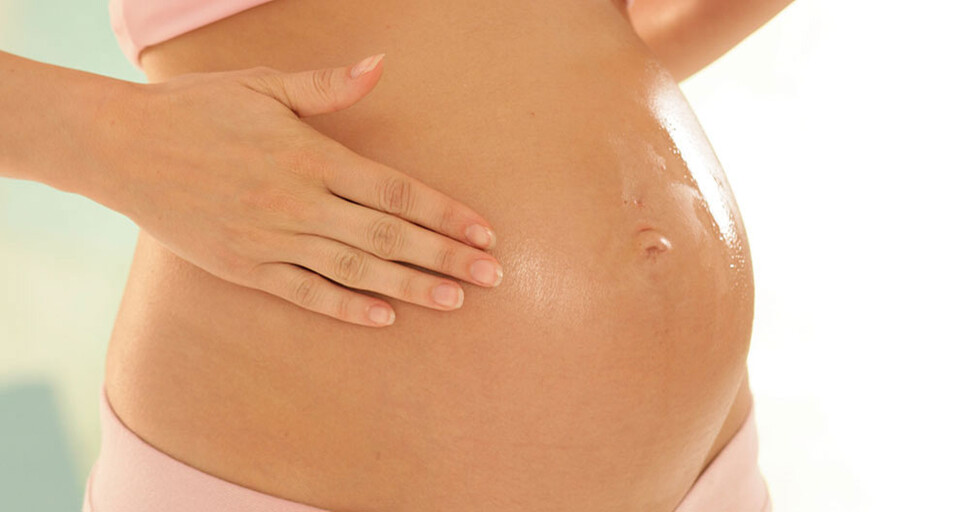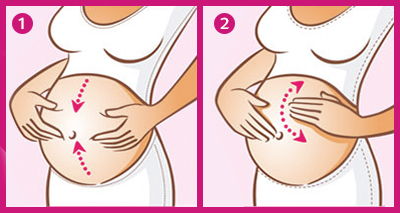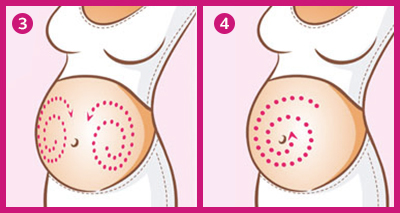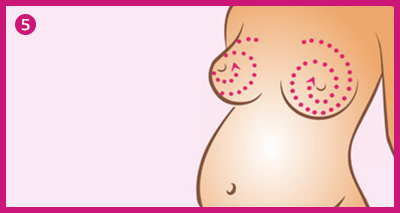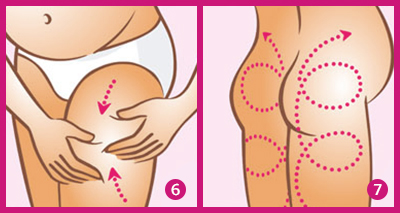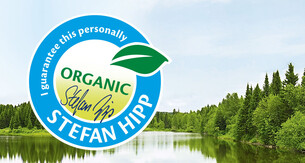Performing a pregnancy massage requires specialized training. Licensed prenatal massage therapists are trained to use techniques that are safe and beneficial during pregnancy. Attempting to perform a pregnancy massage without proper knowledge may lead to unintended consequences. It's advisable to seek professional help.
1. Prenatal massage is a therapeutic approach designed specifically for pregnant individuals. Various massage techniques can be safely applied during pregnancy, with a primary focus on promoting relaxation and relieving discomfort. Swedish massage is commonly recommended, involving long, gentle strokes and kneading. It helps in improving blood circulation and reducing muscle tension without exerting excessive pressure.
2. Lymphatic drainage massage is another safe option. It aims to stimulate the lymphatic system, promoting the removal of toxins and reducing swelling, a common issue during pregnancy. Prenatal massage therapists are trained to avoid deep tissue massage and certain pressure points, particularly in the abdominal area.
3. Reflexology involves applying pressure to specific points on hands, feet or ears that corresponds to different organs / system in the body. It helps to alleviate common pregnancy related discomforts such as back pain or swelling in feet.
4. Side-Lying Massage by lying flat on the side while receiving massage. Lying flat on the back for a long time may put pressure on the back vein that carries blood from lower body to the heart. Side lying helps to improve blood flow, making it safe and comfortable during massage.

